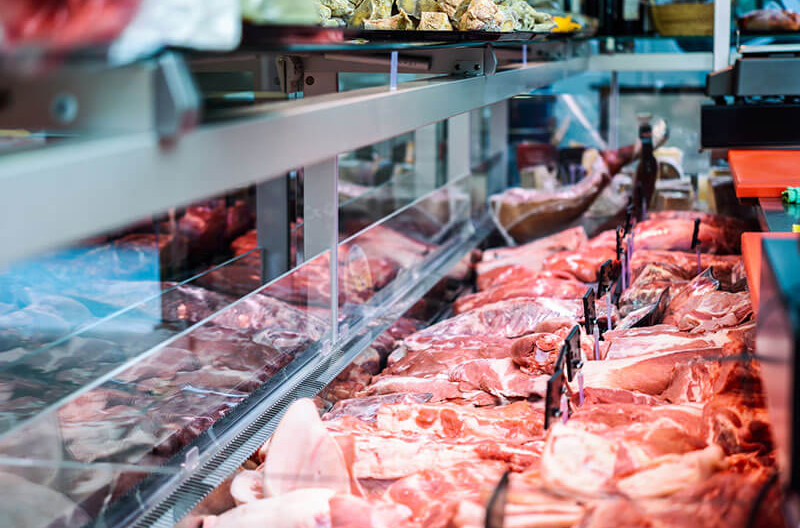To document the changing nature of the marketplace, IRI, Anne-Marie Roerink of 210 Analytics and Marriner Marketing have teamed up continue to bring the latest trends and analysis relative to meat department sales, including fresh and processed items. This is the first in a series of reports presented by IRI, discussing inflation trends.
In March 2022, IRI’s survey of primary shoppers found that 92 percent of consumers believe food prices are higher than last year and 95 percent are concerned about it, with 49 percent who are extremely concerned. This compares to 27 percent of consumers being extremely concerned over coronavirus in this same survey – meaning inflation has a far greater grip on the nation’s food spending than COVID-19 at this point in time.
Inflation insights
The price per unit across all foods and beverages in the IRI-measured multi-outlet stores increased an average of 10.3 percent in the four weeks ending March 27 versus the same four weeks in 2021. Prices rose 9.9 percent during the first quarter of 2022 on top of the 5.5 percent of the first quarter in 2021. After many months of accelerated numbers, the inflation rate of 10.3 percent in March was the same as the rate seen in February.
The average price per pound in the meat department across all cuts and kinds, both fixed and random weight, stood at $4.45 in March 2022, up 13.2 percent versus March last year. Inflation is a little milder when looking at the full 52 weeks ending March 27, with an average price per pound of $4.18, up 9 percent. Inflation in processed meat, which had been lower than fresh, rose to 18.8 percent in March versus a year ago.
On the fresh meat side, beef and pork had double-digit increases over the past 52 weeks ending March 27. The notable exception across proteins remained fresh exotic meats, including bison and venison, only up 3.2 percent in price per pound. The increases trended very similarly on a per unit and per pound basis.
Meat sales March 2022
Meat department sales reached $6.3 billion, up 6.2 percent versus year ago. When removing the effect of high inflation, the retail supply chain continued to move 2.4 percent more pounds through the system in March 2022 than it did in March of 2019 — the pre-pandemic normal.
The high levels of home-prepared meals in the past three months, as documented in the IRI shopper survey, have resulted in strong meat dollar and volume performances. While pound sales were down versus year ago by 6.2 percent, they still exceed the March 2019 levels by 2.4 percent. Dollars have consistently exceeded 2020 levels between 20-26 percent. It is important to note that many packers and processors are unable to meet the retail order volume.
What’s next?
The war in Ukraine, the renewed COVID-19 lockdowns in China, record inflation, labor shortages and supply chain challenges will have a continued effect on food and meat sales in the months to come.
- Inflation is likely to boost dollar sales while pressuring unit and volume sales.
- Easter celebrations are forecast to be bigger than in 2021 with more people celebrating and larger gatherings.
- 80 percent of consumers have purchased from restaurants in March, with 54 percent most commonly ordering takeout, 48 percent ordering on premise dining and 23 percent ordering delivery according to IRI’s monthly shopper survey. With the temperatures still warming up in Northern states, a much lower 12 percent have eaten outdoors at restaurants.
- Online shopping is balancing out around 5 percent buying all groceries online, while 67 percent buy all groceries in store. The remaining 28 percent have adopted a hybrid system in which they purchase some items online and some in person. This is expected to continue both as retailers continue to evolve the online experience. At the same time, some shoppers leverage online ordering as a way to easily compare prices across stores and keep close track of the cart total as they are adding items as an additional money-saving measure.
- The share of Americans stocking up on items has increased from 30 percent in September 2021 to 44 percent in March 2022. Underlying reasons range from 20 percent of consumers being concerned over the item not being available on future trips to 16 percent of consumers being worried about further price increases.
The next performance report in the IRI, 210 Analytics and Marriner Marketing series will be released mid-April to cover the March sales trends.
For more information, visit iriworldwide.com.

